The Timeless Clock of Haverton Hall
https://Eerieepisodes.com
In horror, many tales revolve around haunted houses, sinister spirits, or cursed objects. "The Timeless Clock of Haverton Hall" is a story that uniquely intertwines the concepts of fate and the haunted artifact, creating an atmosphere dripping with suspense and inevitability. The narrative is grounded in its ability to take an ordinary object, a clock, and transform it into a harbinger of doom.
Set within the historic and grand Haverton Hall, an imposing mansion with myriad secrets lurking in its attic, the story begins with the protagonist, Jane. Like many before her who have stumbled upon items in old homes, she is initially drawn by the clock's aesthetic appeal. Its ornate carvings and intricate design speak of a bygone era, but there's more to it than meets the eye. Instead of ticking away the present moment, this clock is stubbornly fixed on a point precisely one week in the future.
As a mechanism of foreshadowing, this clock is both a blessing and a curse. At first, the glimpses Jane receives seem innocent enough. We're shown scenes of typical life events: the acquisition of a bouquet of roses, perhaps a symbol of love or achievement, and a friendly dinner, which suggests social connection and happiness. These initial visions serve a dual purpose: they lure Jane into trusting the clock and offer readers a respite before the storm of tension unfolds.
As days morph into nights and the narrative progresses, the story hinges on the element of psychological horror. The visions grow progressively dark and personal. The shattered image of her bedroom window is not just a foreshadowing of a physical break-in but a symbolic break in her personal sanctuary and peace. This intrusion of safety manifests when an actual intruder attempts to breach her home, only to be thwarted by the reinforced window, a direct consequence of Jane's foreknowledge.
However, the tale doesn't end there. The story's climax is its most gripping point. In its ever-mysterious ways, the clock shows Jane a chilling scene: her lifeless body in the living room. This ghastly vision acts as a catalyst, pushing Jane to a point of paranoia. Fearing for her life, she tries to outsmart destiny by leaving Haverton Hall. Here, we witness the age-old struggle of humanity versus fate. Jane's actions are not just a flight from a potential threat but a more profound attempt to escape the inevitability the clock represents.
The genius of the narrative is in its conclusion. Upon her return, with her house seemingly untouched, Jane is lulled into a false sense of security, dismissing the clock's prediction as mere deception. Yet, the story turns grimly, emphasizing that one cannot merely sidestep destiny. The silent, odorless gas that envelops her living room is not just a tangible threat but a metaphor for the unseen, inescapable hands of fate that loom over us all.
"The Timeless Clock of Haverton Hall" thus serves as a poignant reflection on the human condition, our innate desire to control our futures, and the grim realization that some things are beyond our grasp. In all its ornate glory, the clock is more than a haunted artifact; it is a mirror reflecting our deepest fears and the universal truth about the relentless march of time and fate.
-
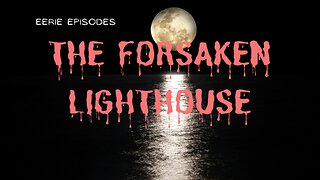 1:11
1:11
Eerie Episodes
10 months agoThe Forsaken Lighthouse
145 -
 0:56
0:56
Eerie Episodes
10 months agoThe Silence of Stone
44 -
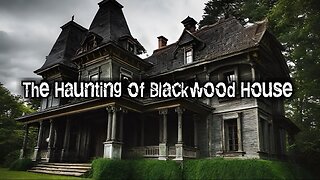 4:01
4:01
The Kilted squatch
9 months agoThe Haunting of Blackwood House: Unveiling the Shadows of Terror
33 -
 1:16:15
1:16:15
Chesterton Radio
4 years agoThe Time Machine - H.G. Wells
57 -
 7:38
7:38
Kaatus
3 months agoHaunted House
421 -
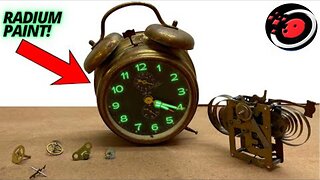 25:24
25:24
Old Is Gold
6 months agoRestoration - Antique Radium Clock #VintageTimekeeping #AntiqueClock #TimelessDesign
203 -
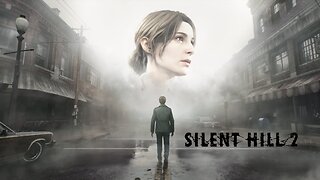 1:19
1:19
Game Music
1 year agoSilent Hill 2 OST - Ominous Hallway
4 -
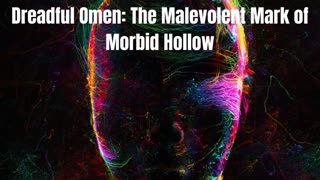 15:23
15:23
RumbleVixen
5 months agoDreadful Omen: The Malevolent Mark of Morbid Hollow
75 -
 1:24:39
1:24:39
Paranormal - Untold Stories
9 months agoMinneapolis City Hall Clock Tower Terror: Poltergeist Dragged Me Down The Hall! #haunted #haunting
29 -
 9:57
9:57
Cryptic Tales
5 months agoThe Haunting Echoes of Moundsville Penitentiary
47